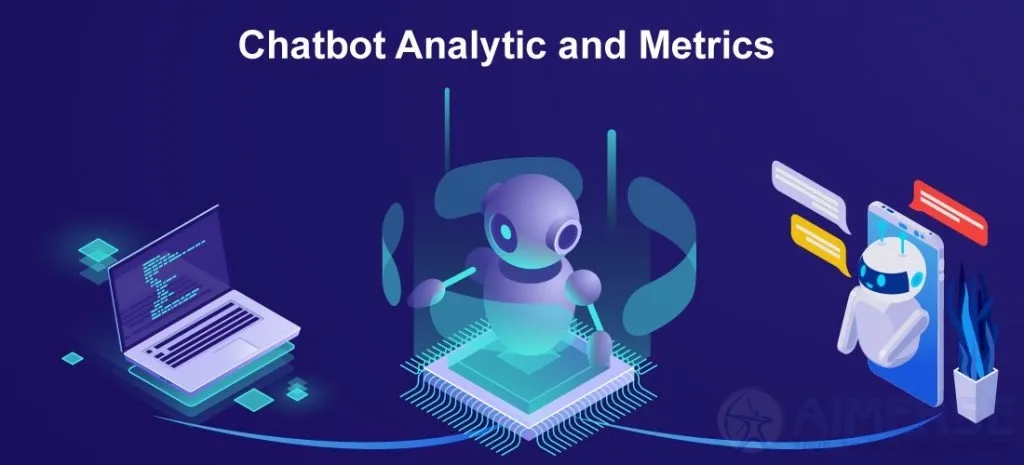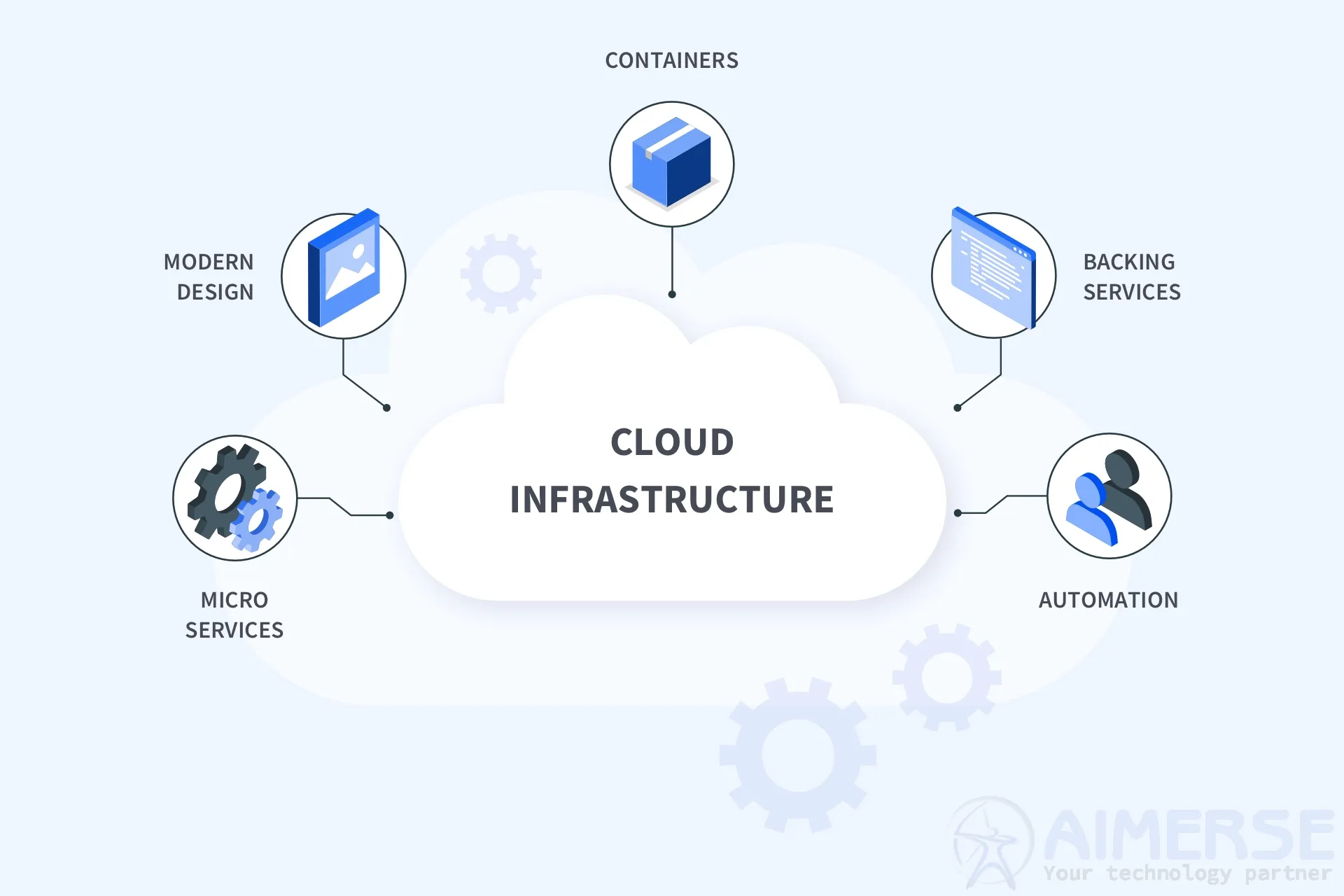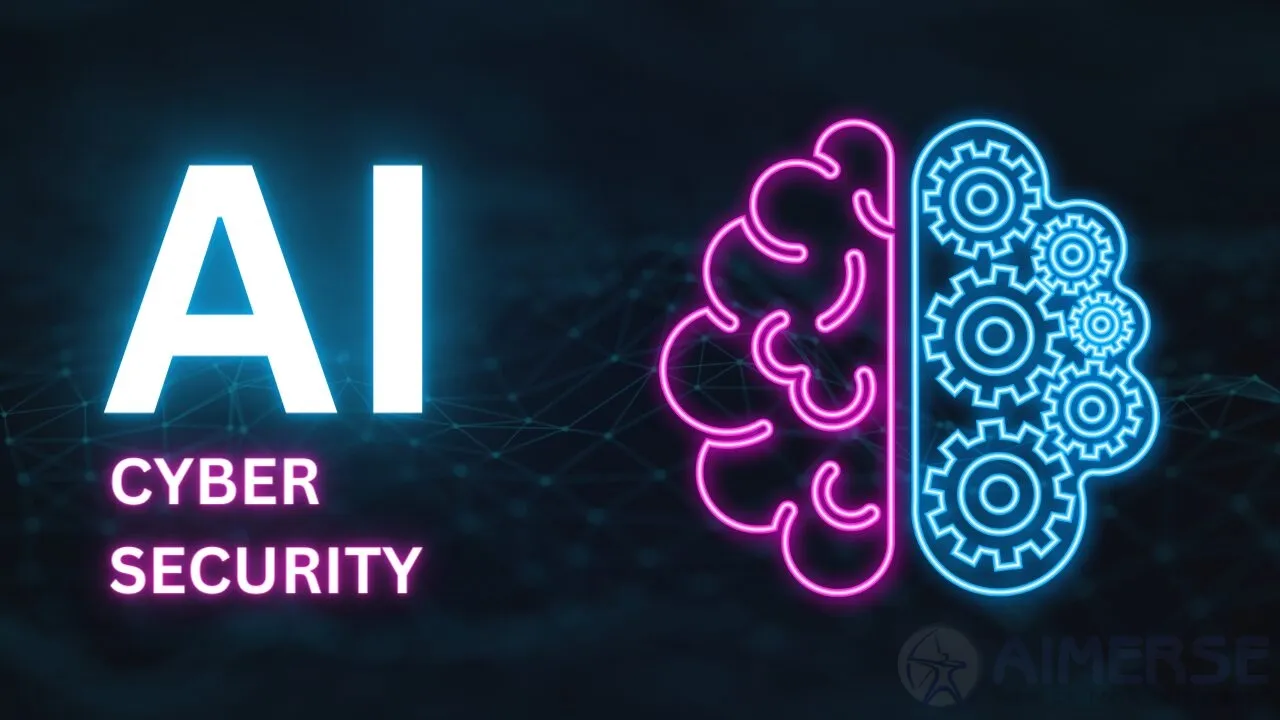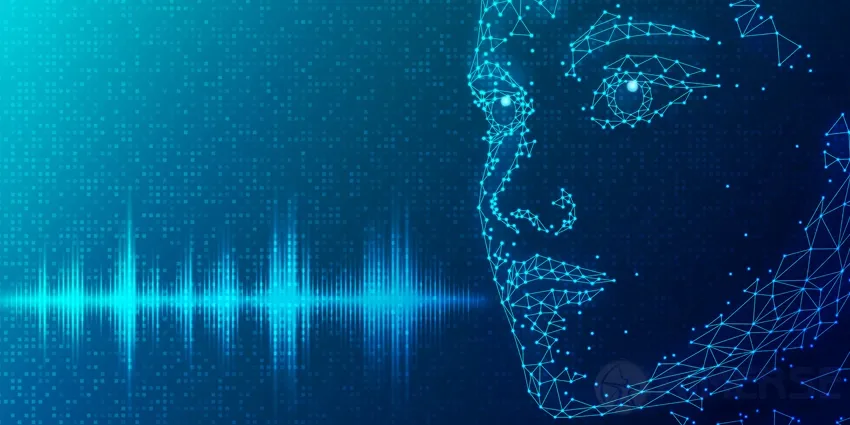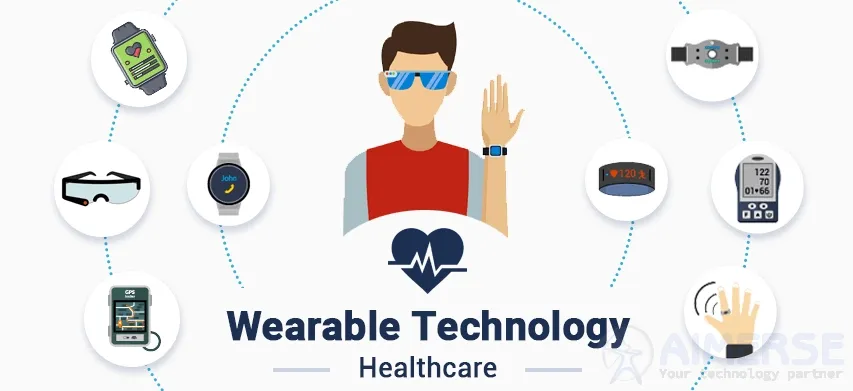Chatbot Analytics: Measuring and Improving Performance.
With the advent of rapid communication in the digital world, a chatbot has emerged as an essential technology for businesses looking to offer real-time customer support as well as deliver customized experiences to customers. However, it is with analytics analysis that one can determine how effective a chatbot is. Studying specifically defined metrics will track user interaction in detail and show areas where improvements can be made while setting strategies for better performance in the chatbot itself.
Key Metrics for Measuring Chatbot Performance
-
User Engagement Rate
- This describes the user engagement level with your chatbot. The higher the rate of engagement, the more useful and relevant the chatbot is to the users. This will help in understanding user interest and the reach of the chatbot.
-
Conversation Completion Rate
- It calculates the proportion of the dialogue where the goal is reached with or without help from a human. If it has a poor completion rate, the chatbot perhaps cannot resolve a few questions; therefore, sometimes it must ad-lib concerning response algorithms.
-
Fallback Rate
- This would give an estimate of how often the chatbot failed to recognize the user inputs and responded with a generic response. High fallback rates may flag areas of weakness in a chatbot's comprehension and the need for higher-quality training data.
-
Average Handling Time (AHT)
- An Average Handling Time The average time required by a user to interact with the chatbot. The higher the time required, the more unhealthy, but in no way must compromise on service quality due to brevity.
-
User Satisfaction Score
- It is a score often taken from post-interaction surveys to depict the user's satisfaction with the service of the chatbot. Satisfaction levels would mean the chatbot was effective and gave an excellent experience to the users.
Improving Chatbot Performance
-
Update Train Data
- Keep updating your train data for your chatbot, introducing fresh trends and new questions from users. This improves its understanding and response accuracy.
-
NLP Updates
- Advanced NLP techniques would be utilized in the chatbot so that it could better understand and respond to the variation in user inputs with lower fallback rates.
-
A/B Testing
- There is a test of various conversation flows, and then an assessment of the response from the users about the best way to interact.
-
Monitor and Analyze User Feedback
- The pain points present in the functioning of the chatbot would be identified and researched for improvement purposes.
Conclusion
It can do better by observing these statistics seriously and implementing appropriate improvement measures accordingly. An optimized chatbot helps make the customer experience smooth, and thereby, benefits the brand commitment to provide such customers with a productive and effective response.
At Aimerse Technologies, we offer custom-tailored software development services in many technologies such as React.js, Node.js, Python Django, Laravel, and Java Spring Boot. We also develop smart chatbots tailored according to your business needs so that users may interact with it smoothly and efficiently.
